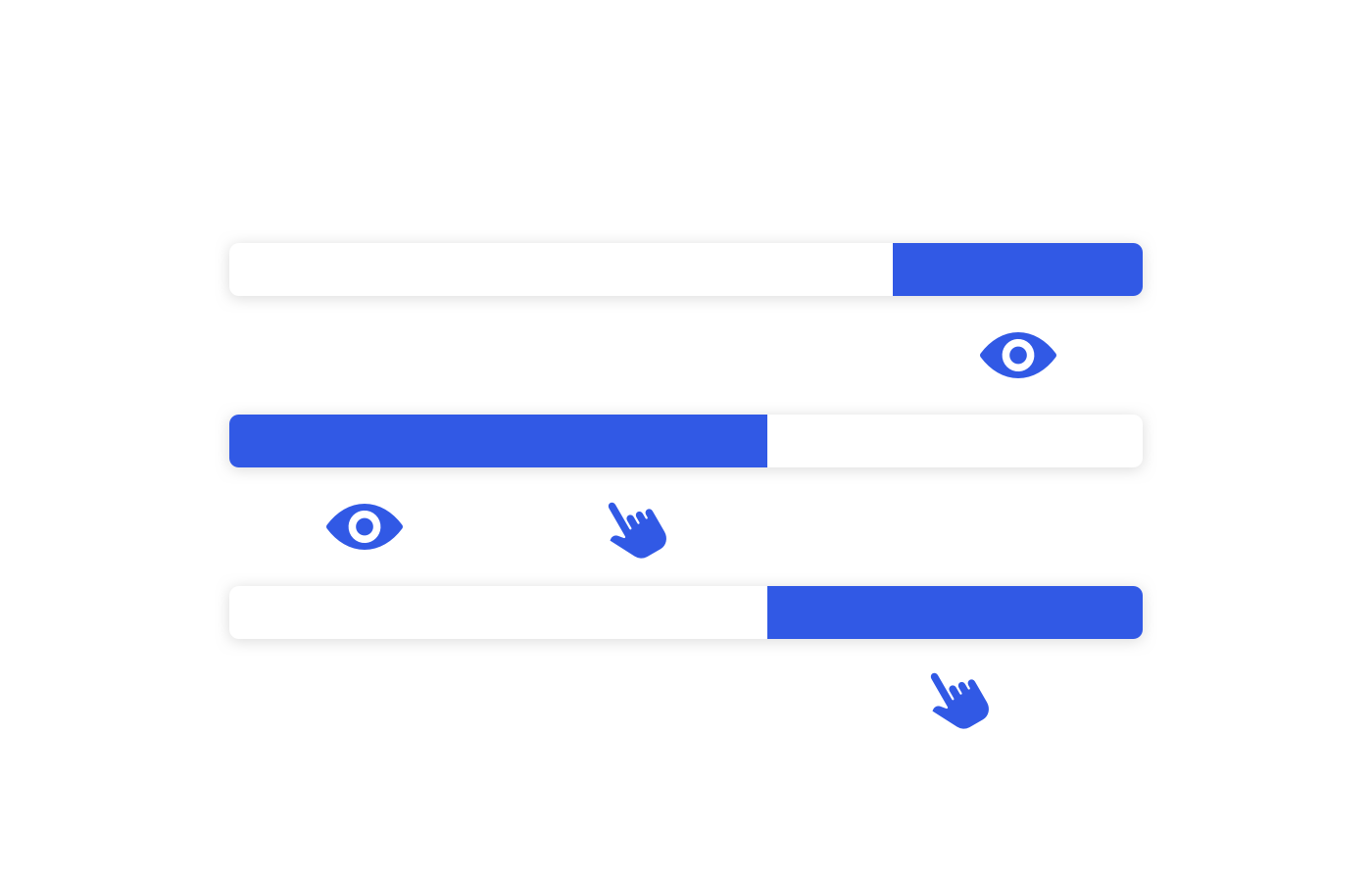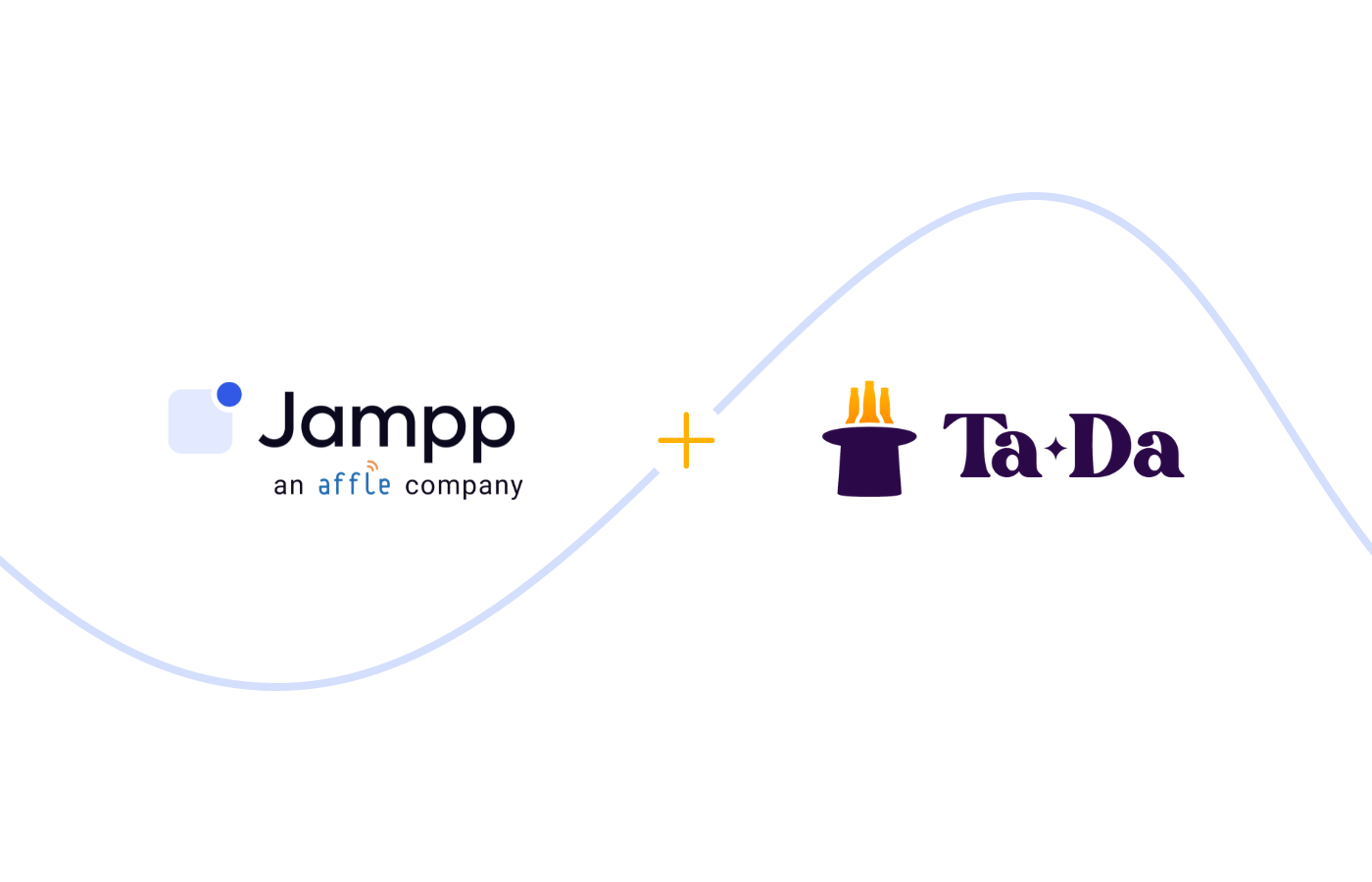View-Through Attribution for apps: the what, the how, and the why
Not all users who have seen an ad click on it before converting—but View-Through Attribution can help app marketers to get the complete and accurate picture of an ad’s performance.
July 28, 2020

Not all users who have seen an ad click on it before converting—but View-Through Attribution can help app marketers to get the complete and accurate picture of an ad’s performance.
Is View-Through Attribution (VTA) Dead?
At the beginning of 2020, Facebook restricted the access to raw view-through data at a device level. This measure, which was meant to increase data safety, affected both advertisers and tracking platforms, who now have limited access to attribution data—and therefore to VTA measurement on the social platform.
So is that it? Not quite…
Given the lack of a universal multitouch model, there is still a lot of value for app marketers to leverage VTA along with Click-Through Attribution (CTA) in their programmatic advertising. After all, advertising has been impression-based since its inception, going from billboards to TV commercials. In today’s mobile advertising environment, marketers have more customized ad formats and measurement capabilities, making impressions more relevant than ever.
1. What is View-Through Attribution?
View-Through Attribution (VTA) is an attribution model through which marketers can credit installs or other types of actions to users who have been exposed to an ad and converted without actually clicking on it.
2. How does View-Through Attribution work?
VTA tracks ad impressions and compares them against post-impression user behavior within a specific attribution window.
Let’s suppose a user is going through the news and sees an ad for a new Food Delivery app, but rather than clicking on it, they go back to reading. Later on, that same user goes to the app store and looks for the app.
- If there is no other interaction with the brand between the ad view and the install, and
- If the install occurs during the attribution window
It is safe to say the user installed the app after being influenced by the ad—even if no click was involved in the process.
Without VTA, this install would have been unattributed, and the advertiser would have missed the value of that ad campaign.
3. What is an attribution window? What is the industry standard for VTA windows?
An attribution window is a determined period of time during which an install or event can be credited to a specific impression or click generated by a specific user. At the moment, the industry standard for attribution windows is 24hs for VTA and 7 days for CTA.
However, app marketers should always take into account that although installs and events that occur during the first 24hs after an impression can be effectively attributed, these windows shouldn’t be considered a one-size-fits-all solution. The key is to find the perfect balance ☯️: attribution windows shouldn’t be too short (to avoid leaving paid efforts uncredited) or too long (to prevent the cannibalization of organics).
4. Why are CTA windows longer? What’s the difference between VTA and CTA?
While VTA focuses on the weight of impressions, Click-Through Attribution (CTA) measures the value of clicks on an ad. VTA models work with shorter attribution windows (24hs) than CTA (7 days) as the industry attributes more “intent” to clicks than views. Following that logic, if a user sees an ad from Partner A, but clicks on an ad from Partner B and makes an order (within valid attribution windows), the in-app event is credited to Partner B.
Ideally, VTA and CTA metrics work in conjunction. CTA is used through the entire campaign, while VTA can be enabled to attribute events with no associated clicks.

It’s important for VTA and LCA to be used in tandem to give advertisers a more complete and accurate picture of an ad’s performance. When measuring attribution for both clicks and impressions, the click will ultimately prevail. The last measured impression will only receive credit for an install/event if no click was detected within the attribution window.
5. How can I know if impression-based events are incremental?
Lift measurement is an effective method to assess whether marketing efforts are generating conversions that wouldn’t have happened otherwise. It’s calculated as the percent increase or decrease in specific metrics for users who were exposed to an ad campaign versus a control group.
In order to get a comprehensive overview of how impressions are impacting campaign results, app marketers should rely on partners that enable measuring both VTA and lift for User Acquisition and App Retargeting.
6. Does VTA help reduce fraud?
While VTA is not intended as a fraud detection tool, it does provide further transparency into campaign performance, which helps identify ad fraud. Working with impression-level data enables multiple data points that can be used to monitor campaigns for fraud—and, if ad fraud is detected, VTA makes tracking its source much easier.
With no-SDK networks, the lack of transparency and accountability makes it very easy to steal attributions. By measuring VTA in a programmatic campaign, app marketers can drill down on their placement data while relying on machine learning to identify potential schemes.
VTA also sets the right incentives for growth partners by focusing on the effect of the impression itself. When only considering CTA attribution, publishers are just motivated to generate conversions instead of delivering quality impressions, which increases the risk of fraudulent activity.
7. Why should marketers enable VTA on programmatic campaigns?
VTA enables app marketers to effectively assess which marketing strategies are driving conversions. This doesn’t mean that VTA takes conversions from other attribution models. Rather, it serves as an extra layer in analyzing unattributed events. According to Kochava, for an average of 15% of installs which would otherwise go unattributed, there is a matching impression.
Therefore, enabling VTA allows marketers to measure the real impact of ad impressions, which in turn:
- Keeps impression-based conversions from being considered organic,
- Provides more transparency and leads to a better understanding of audience behavior,
- Avoids the potential blacklisting of channels/placements with no attributed clicks which in fact might be contributing to user conversion,
- Allows for more informed marketing decisions and performance-based optimizations
Wrapping Up
VTA is alive and kicking. This tool can help marketers gain a better understanding of which strategies are driving the most conversions, and ensure that impression-based conversions are attributed correctly.
The future of VTA is still uncertain for iOS devices due to the major changes in privacy options the new iOS will bring in September, so app marketers should be taking this chance to measure VTA and make more informed decisions when moving into the iOS 14 scenario.
The transparent environment in programmatic makes it easy and convenient to enable VTA for the complete user journey along with the traditional CTA. If you’re looking for more information on VTA or want to learn more about how this attribution model can drive growth for your app, contact us.
Subscribe to our email newsletter









